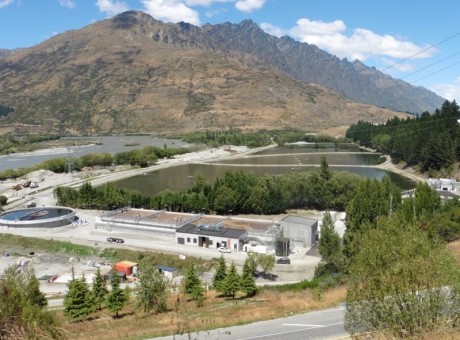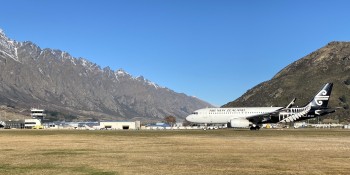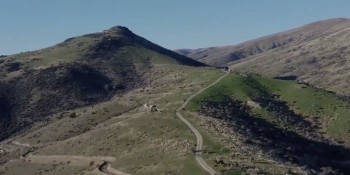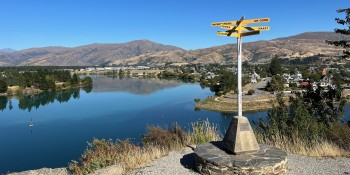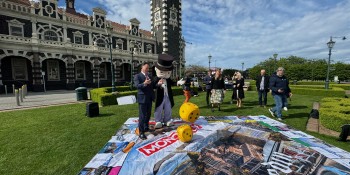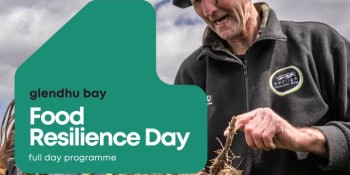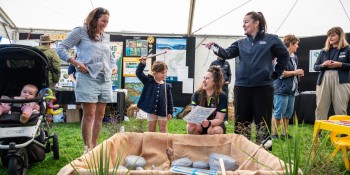CODC mayor concerned at QLDC emergency sewage plans
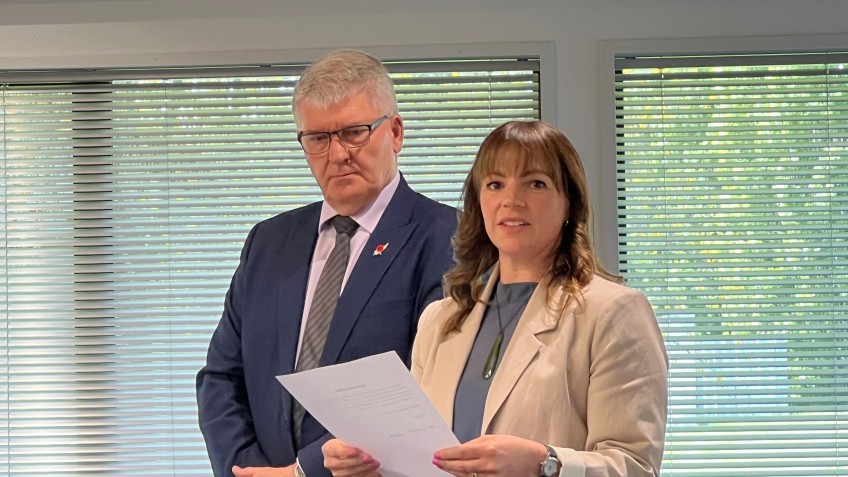
The following statement has been issued by the CODC.
"The Central Otago District Council (CODC) is concerned about the Queenstown Lakes District Council’s (QLDC) plans to begin discharging treated wastewater into the Shotover River in the coming days.
However, it is the CODC’s understanding that this will not impact drinking water supplies downstream, as long as the discharges are meeting the required treatment standards.
On Friday (21 March 2025), QLDC provided an update on the organisation’s ongoing response to issues with the performance of the disposal field at the Shotover Wastewater Treatment Plant near Queenstown and the associated enforcement order brought by the Otago Regional Council (ORC) for lack of compliance with their current consent.
Central Otago Mayor Tamah Alley announced at the CODC meeting held at Ranfurly this morning (Wednesday 26 March) that the QLDC had told the public it would use emergency powers to allow 12,000 cubic metres of treated wastewater to be discharged directly into the Shotover River each day.
Mayor Tamah said she felt strongly that the Council should let the public know of any downstream effects for Central Otago people.
CODC Group Manager – Three Waters Julie Muir, who happened to be giving a presentation to the Council about the water regulator Taumata Arowai’s proposed environmental performance standards for wastewater in New Zealand, indicated QLDC may meet the proposed national standards with this system due to the dilution factor. She emphasised that monitoring of the discharge quality at the outfall pipe would be critical.
“It is our expectation QLDC and ORC will undertake this regular monitoring and release those results to us so we can be assured there will be no impacts on drinking water supplies or the usability of the Mata-Au or Lake Dunstan,” Mayor Tamah said.
“This would be critical to giving everyone comfort that the treated wastewater posed no risk.”
Councillors discussed the dilution factor; that the discharge was likely to be a minimal proportion of the total flow, and that they were more at ease.
Mayor Tamah added: “Our communities’ expectations and aspirations for our environment are increasing. They want to hear directly from councils how we are meeting our obligations not just to those we serve, but those downstream from decision making.”







